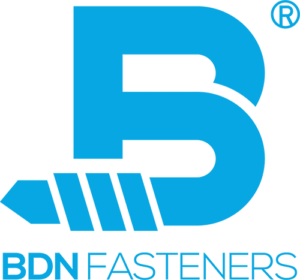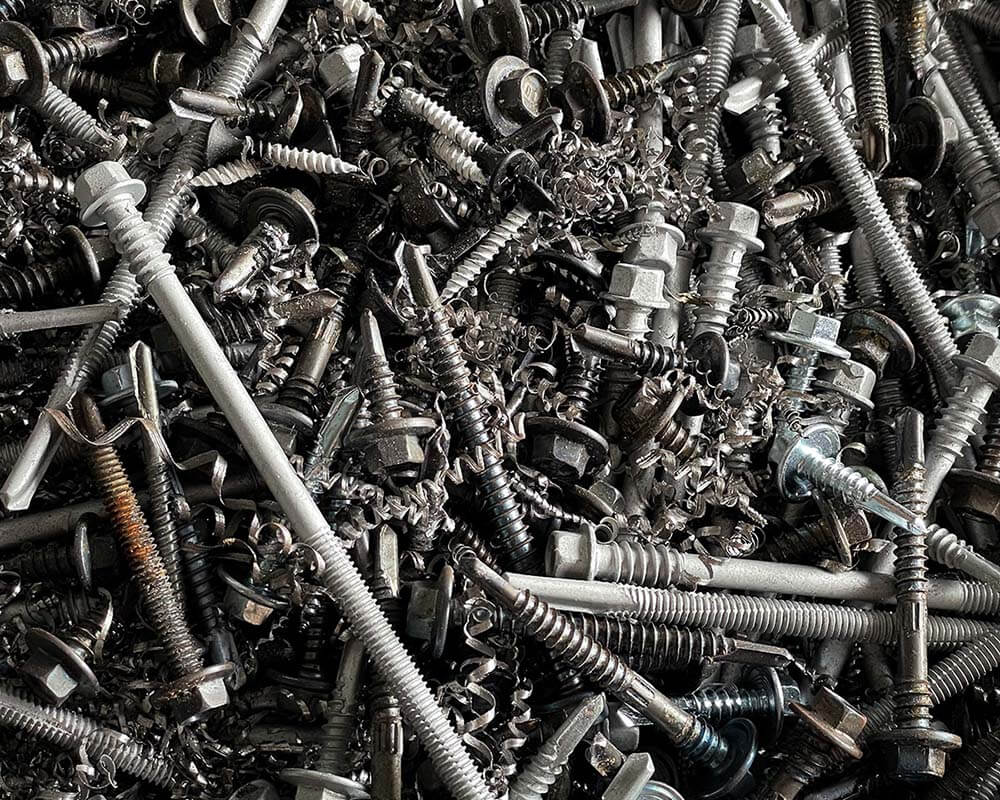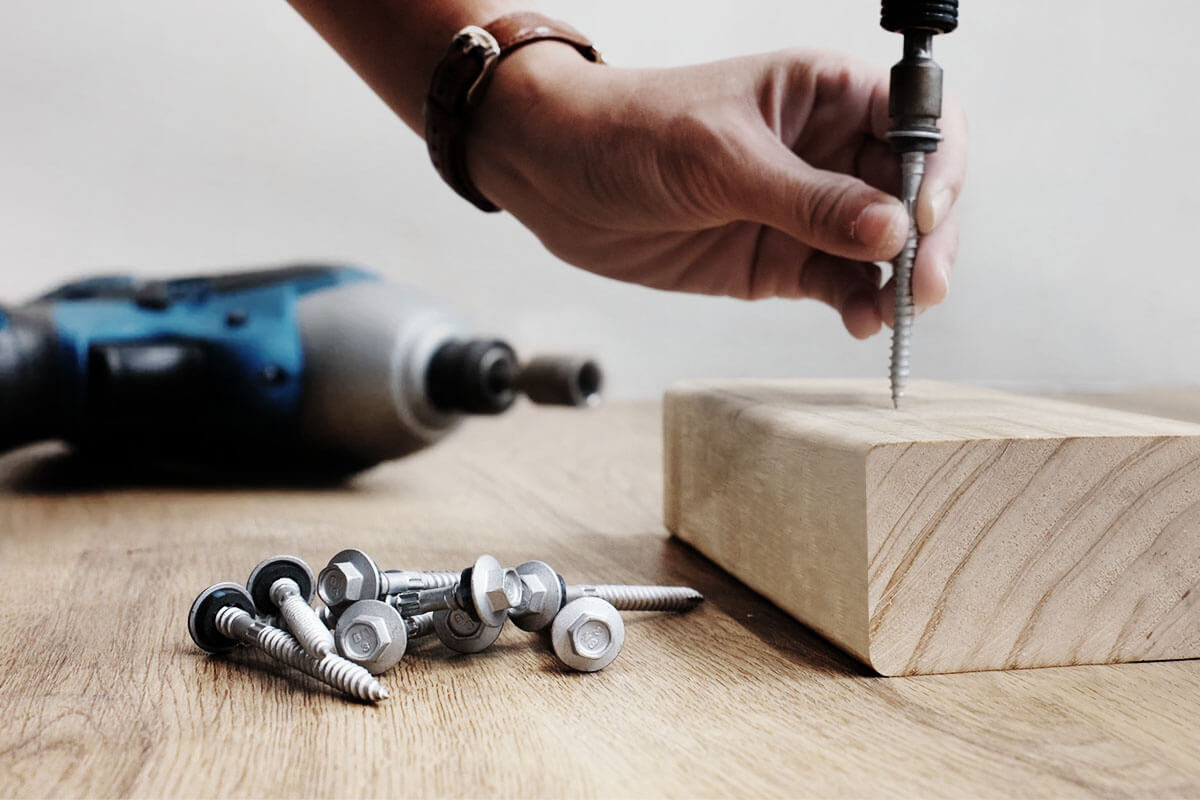What screws to use for metal roofing.
When deciding what screws to use for metal roofing, it is important to understand the choice of metal sheet material and available options, and also check its compatibility against the environment, and if complies with local building regulations. Many might see their choice limited by budget or price sensitive biddings, though it is always wise to think ahead see things in a broader sense.
Below is a simple checklist that will determine the type of screws to use for metal roofing.
- Sheet material and thickness: This will determine the gauge, and drilling tip type. The thicker the sheet, the larger the gauge, and longer the drilling tip.
- Sheet color: This will determine whether or not to go for painted head screws and the matching color.
- Measurements of the profile: Water always finds its way to the lowest point, and it is imperative to avoid creating holes at lower areas of sheets. Which means that screws should always be fixed at the corrugation crest of any metal roofing sheet. The height of the corrugation will determine the screw length required.
- Is it an insulated panel? If so, what is the thickness of the insulated portion? – The insulation thickness will determine the screw length required.
- Will there be skylight panels involved during installation? – Skylight panels and metal roofing sheet when used in combination, is a totally different breed. Skylight panels can be installed as single panel or multi-panel runs, or framed independently of the metal sheets, all of which require different overlapping methods and fixtures.
- Purlin and Truss material: Self-drilling screws are required for steel purlins and trusses, and sharp-tipped screws are required for timber. There is also screws that are designed to do both, such as the BDN DUAL-Tite™ 2-IN-1 roofing screws, suited for hard timber and up to 3mm light metal fixing.
- Corrosion resistance coating: Areas close to the coast will be at high risk to corrosion due to high salt content in the atmosphere compared to the inland, and therefore would require high weathering resistant fasteners on structures. For rural areas, inland, or indoors, the demand for high corrosion resistant screws will be less.
The cost of screws is normally a fraction of the whole metal roofing setup, but is detrimental to the lifespan and safety of the covered area. Roofing sheets have to hold up against rain, wind, and shine to protect what is underneath, and screws are what keeps substrates securely fastened. There will always be cheaper alternatives when it comes to building materials, though at what cost? Short-term savings at the risk sacrificing safety and stability is never a good choice in the long-term.
Further Reading: Step by step tutorial on choosing the correct roofing screw types




